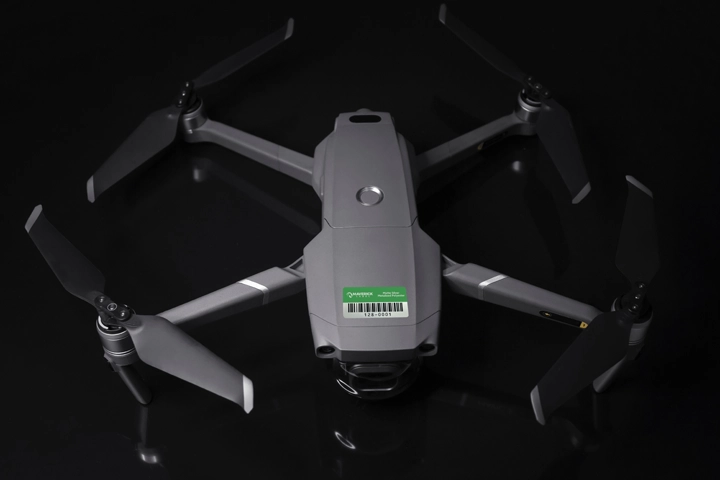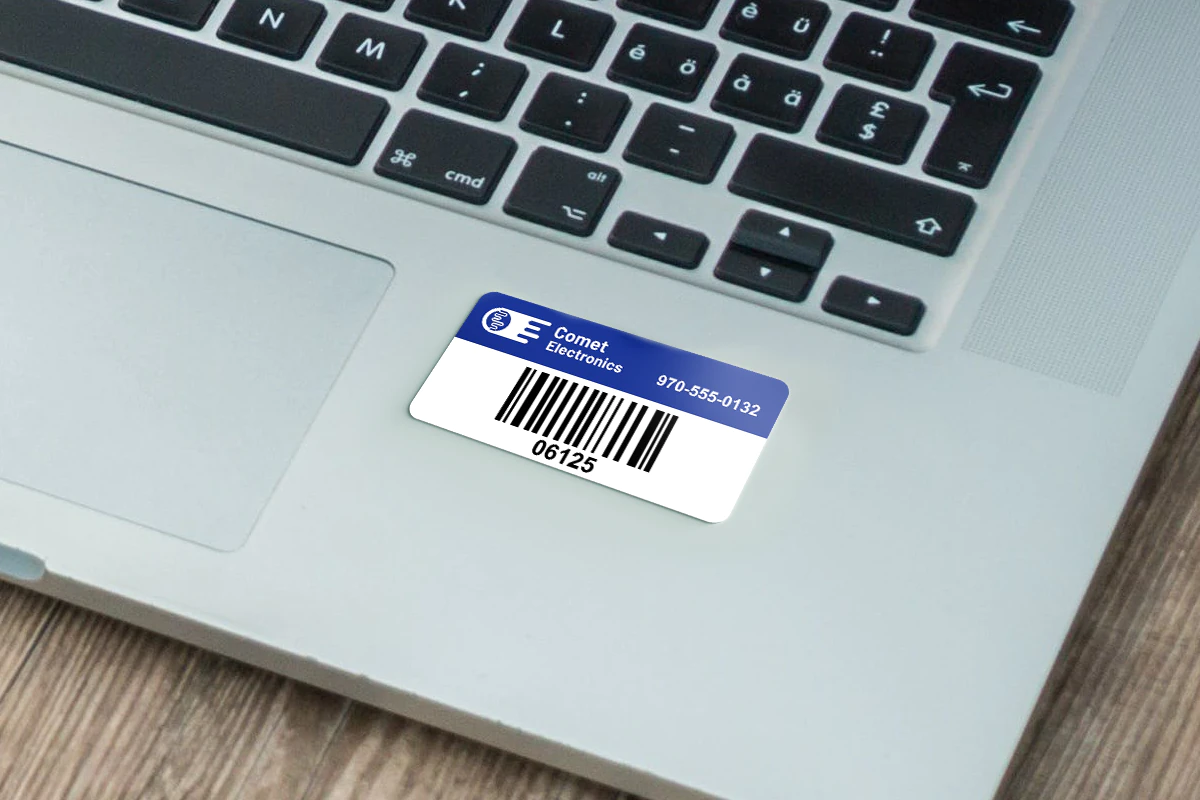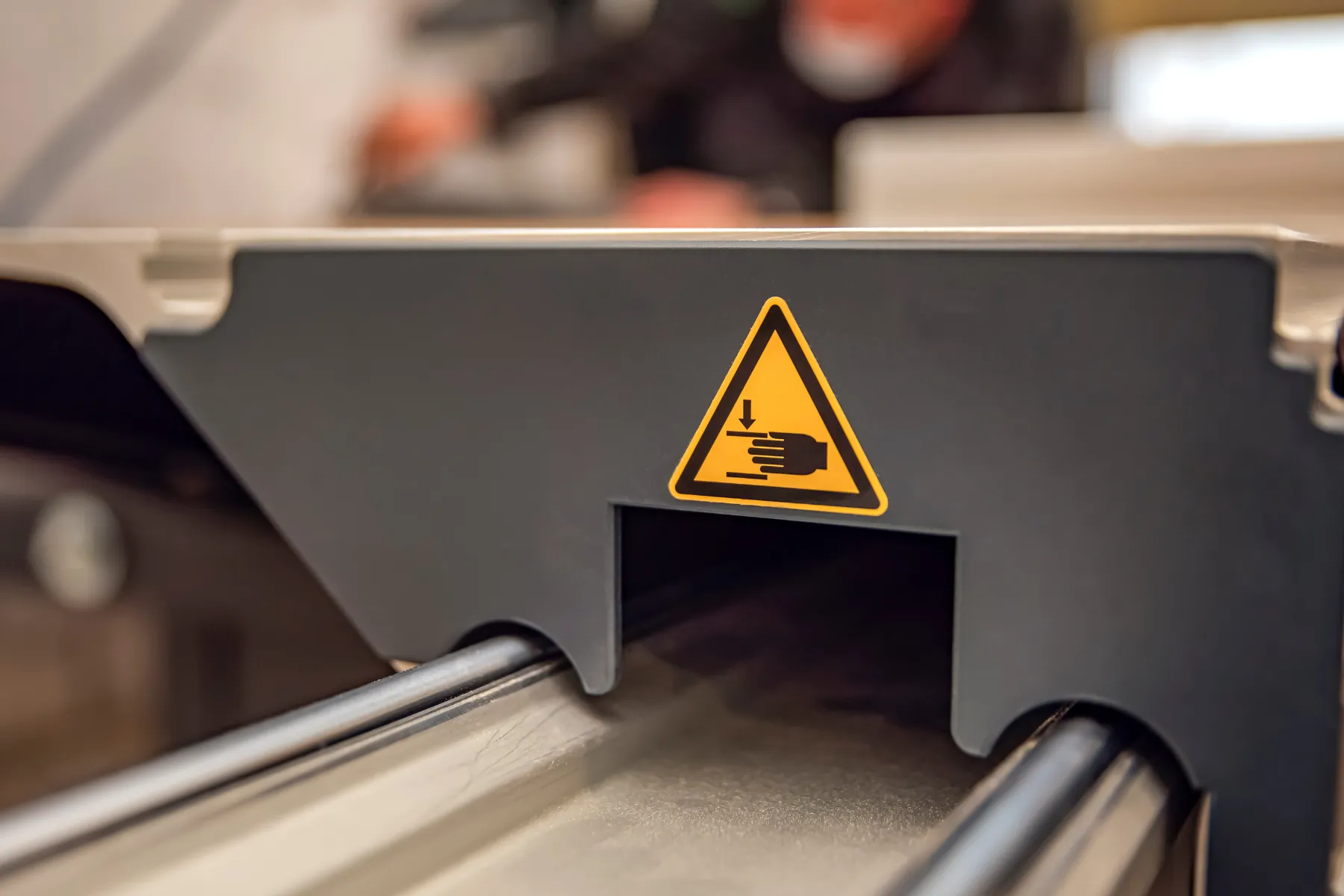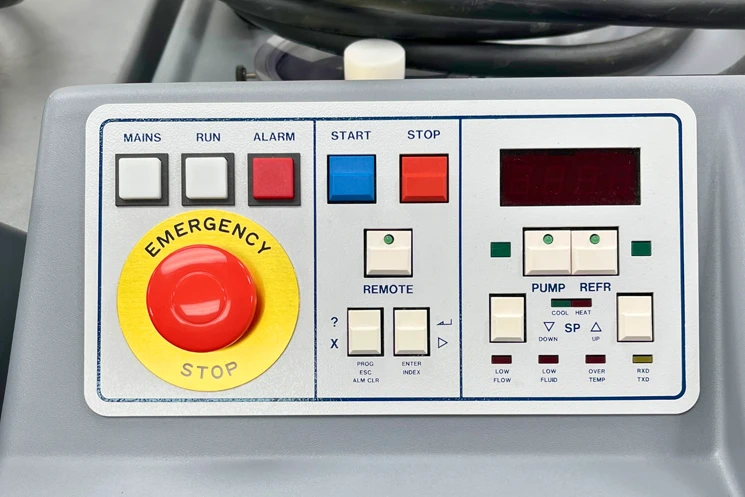A property ID is a unique identifier assigned to a physical item—equipment, tools, furniture, or electronics—to help track, manage, and protect it throughout its useful life. It’s usually applied using a barcode label, etched tag, or serial plate, and connects the item to a digital record in your system.
Why Property ID Exists (and Why It Matters)
Every day, companies lose track of expensive gear—not because it’s stolen, but because it’s not labeled clearly or consistently. That’s where property ID labels come in. It links a real-world asset to its digital twin in your system, so anyone—from accounting to maintenance—knows exactly what it is, where it belongs, and what it’s worth.

Property IDs support:
- Equipment tracking
- Maintenance schedules
- Financial reporting
- Insurance claims
- Loss prevention
In short: they create accountability and control.
Example: Tracking the Small Stuff That Matters
A school district in Ohio lost thousands in audiovisual equipment annually—small projectors, document cameras, classroom microphones.
After tagging every piece with serialized property IDs and linking them to an Excel-based inventory system, missing items dropped by 60% in one year. Staff checkouts became traceable, and even old equipment was easier to locate, repair, or repurpose.
What a Property ID Looks Like
It’s not about what the label looks like—it’s what it tells you.
Most property ID labels include:
- A unique number or code
- Barcode or QR code for scanning
- Company name or department
- Optional fields like model, purchase year, or location
Common formats include:
- Barcoded polyester labels for IT equipment
- Metal tags for heavy machinery or outdoor use
- Tamper-evident labels for sensitive gear
Where It’s Used
Property ID labeling is everywhere, even if you don’t notice it.
| Industry | Commonly Tagged Items |
|---|---|
| Manufacturing | Tools, machinery, jigs, molds |
| Healthcare | Diagnostic equipment, carts, monitors |
| Education | Laptops, AV gear, science equipment |
| Facilities/IT | Servers, routers, handheld devices |
| Government/Municipal | Vehicles, signage, field equipment |
Whether you manage 30 forklifts or 300 laptops, knowing what’s in use and where it is saves time and reduces mistakes.
How It Helps Finance and Operations
- Audits: Property ID labels speed up inventory checks and eliminate guesswork.
- Maintenance: A quick scan shows service history and next due date.
- Depreciation: IDs link to financial records for accurate asset aging.
- Replacement Planning: Knowing what’s old and what’s missing helps with budgeting.

Labeling Right From the Start
If you’re adding property IDs to your setup, think long-term. Labels need to stay readable and stuck—year after year.
We work with teams that print property tags for labs, logistics fleets, offices, and field tools. The key isn’t just the label—it’s choosing the material and format that fits how your gear is used.
Here’s a quick overview:
| Material | Best For |
|---|---|
| Polyester | Offices, indoor gear, computers |
| Metal/Aluminum | Heavy-duty or outdoor equipment |
| Tamper-evident | Laptops, tablets, security-sensitive |
Make Sure the Label Matches the Job
If you’re adding property IDs or updating old ones, the label itself is a big part of whether the system holds up. A code that scans every time—without peeling, fading, or rubbing off—is what keeps tracking reliable.
The material matters. What sticks in an office might not survive in a shop or field setting. Polyester and anodized aluminum hold up well under heat, chemicals, and rough handling.
For teams sorting out what will last and stay readable, using property ID labels that match how your gear is actually used makes a real difference. That’s what keeps everything findable later—without surprises.
Property ID Labels and Systems FAQs
To give every asset a unique, scannable identity for tracking, maintenance, auditing, and financial planning.
They’re often required for compliance in schools, hospitals, government agencies, and organizations managing public or grant-funded assets.
Use durable polyester or anodized aluminum labels with permanent adhesive and a barcode for fast scans.
Yes. With barcode scanners and lookup formulas, many teams manage asset lists in Excel without needing expensive software.
Use tamper-evident labels if removal is a concern, or choose removable adhesive if gear is leased or reassigned often.
They can help. When items are visibly marked and logged, misuse and loss tend to decrease—especially when employees are aware that tracking systems are in place. For more details, read the blog post “How Do Anti-Theft Stickers Work?”.



